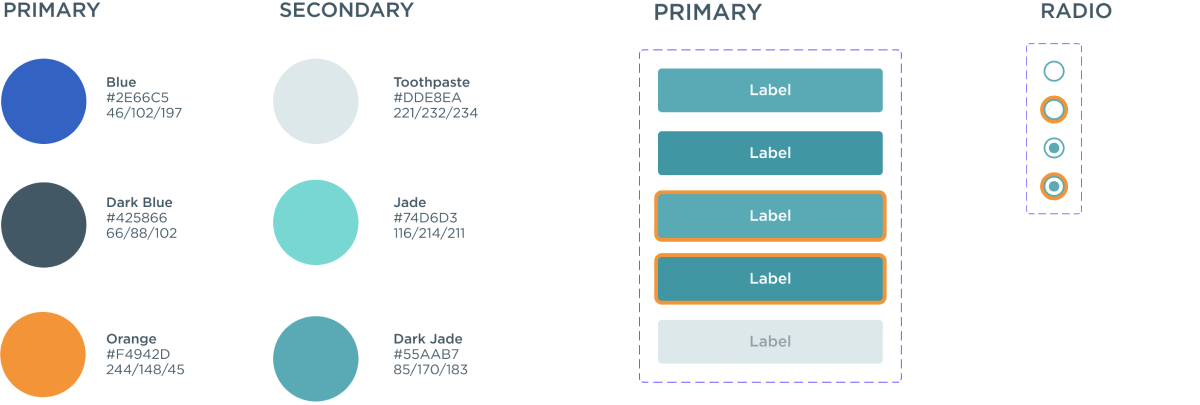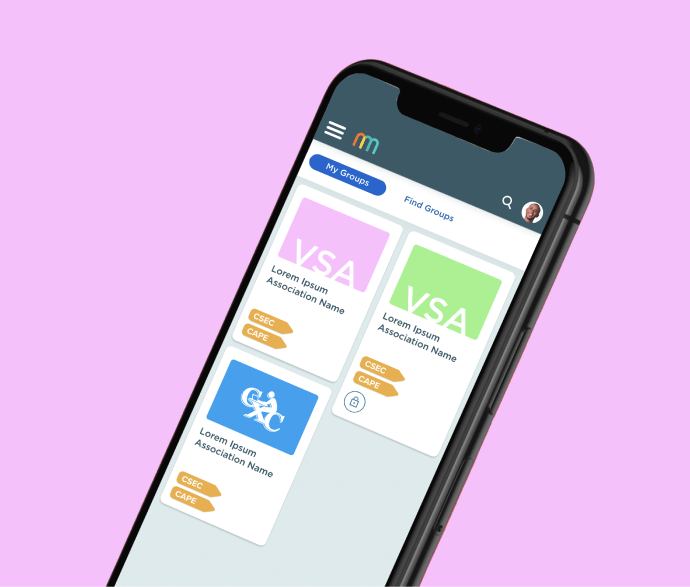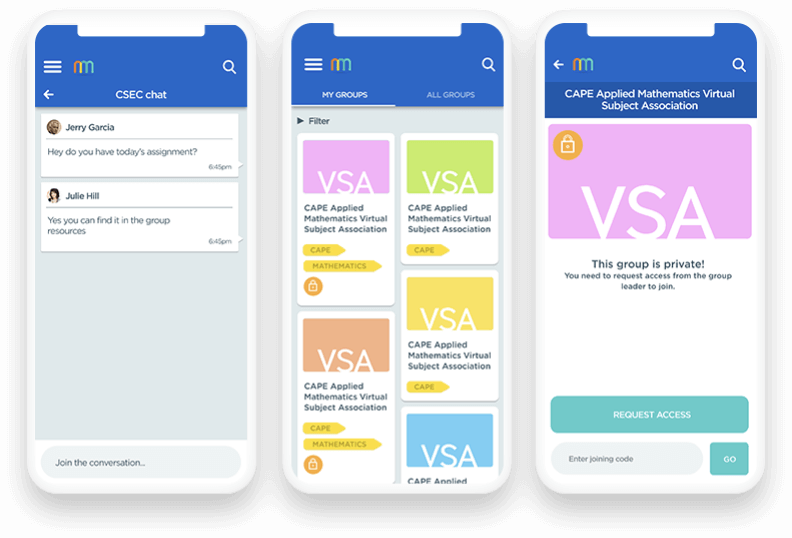

I was involved in the MVP planning and execution, subsequently working up the product roadmap, UX and Visual Design post Round A and B investments.
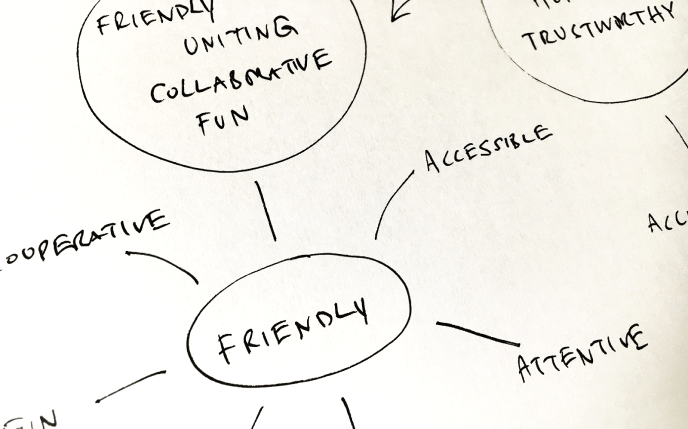
The branding process involved defining the core values, philosophies and aspirations of the business.
Creating a chart where these intersected allowed use to create shortlist of keywords to focus on to develop the brand assets.
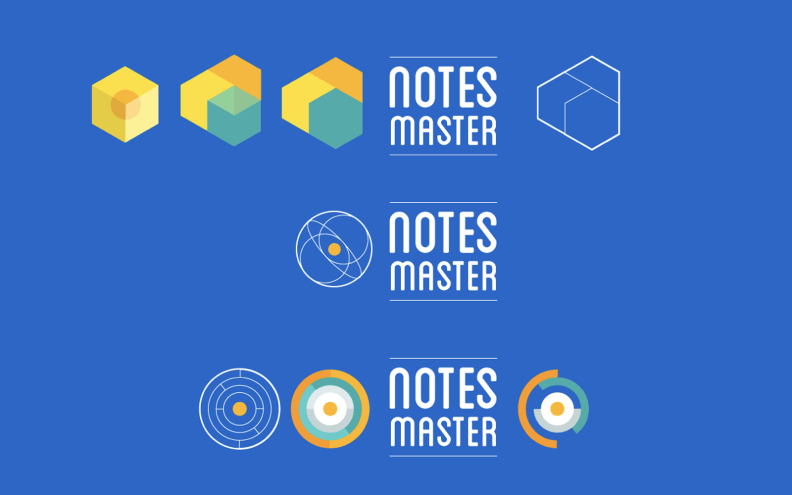

The last set of branding deliverables was a stationary set encapsulating the forward-thinking intentions of the business.
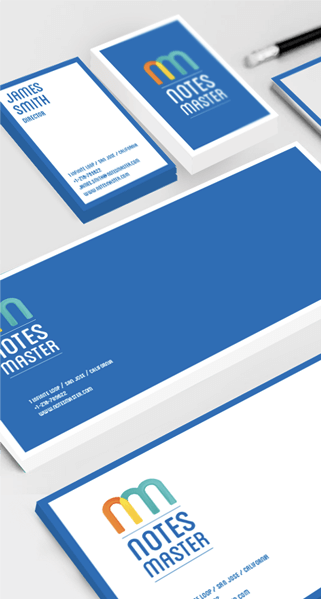
User types were identified and their personas detailed to help highlight their motivations, goals and pain points.
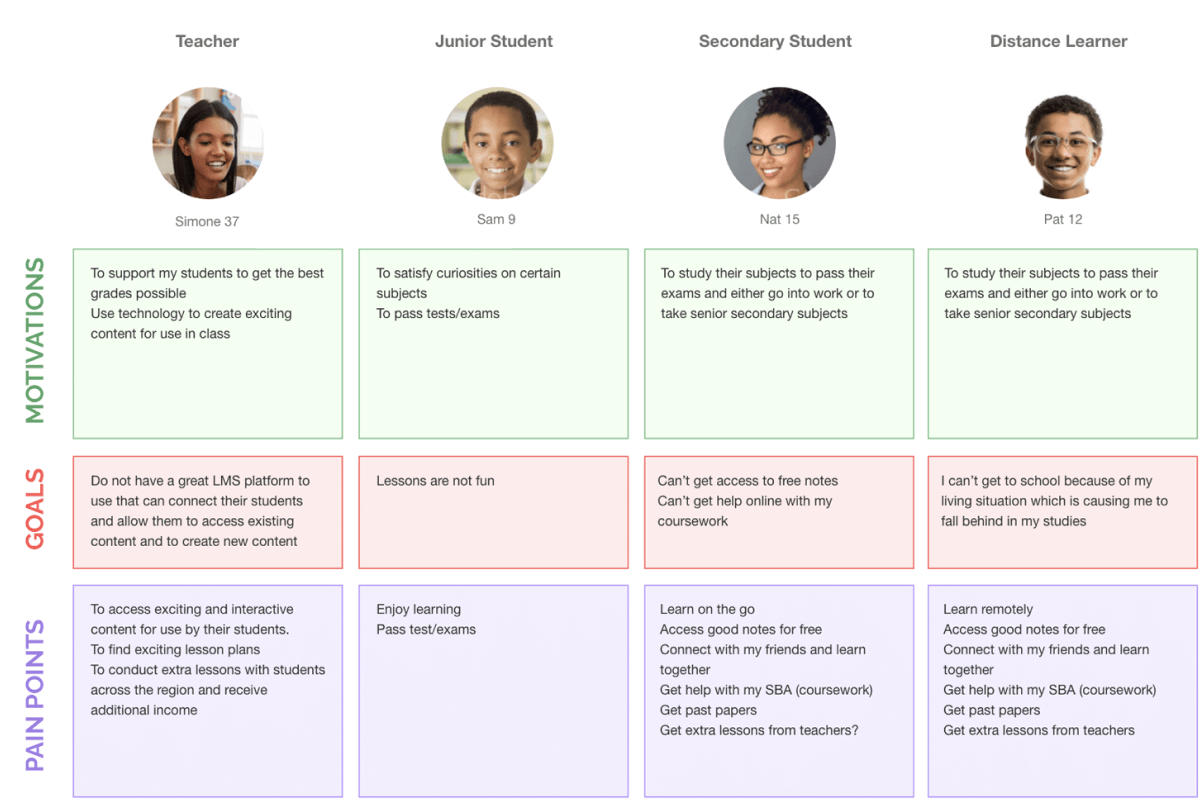
Using feedback from users of the platform, a set of paint points, motivations and needs were collated into a mental model. This produced a set of features to support.
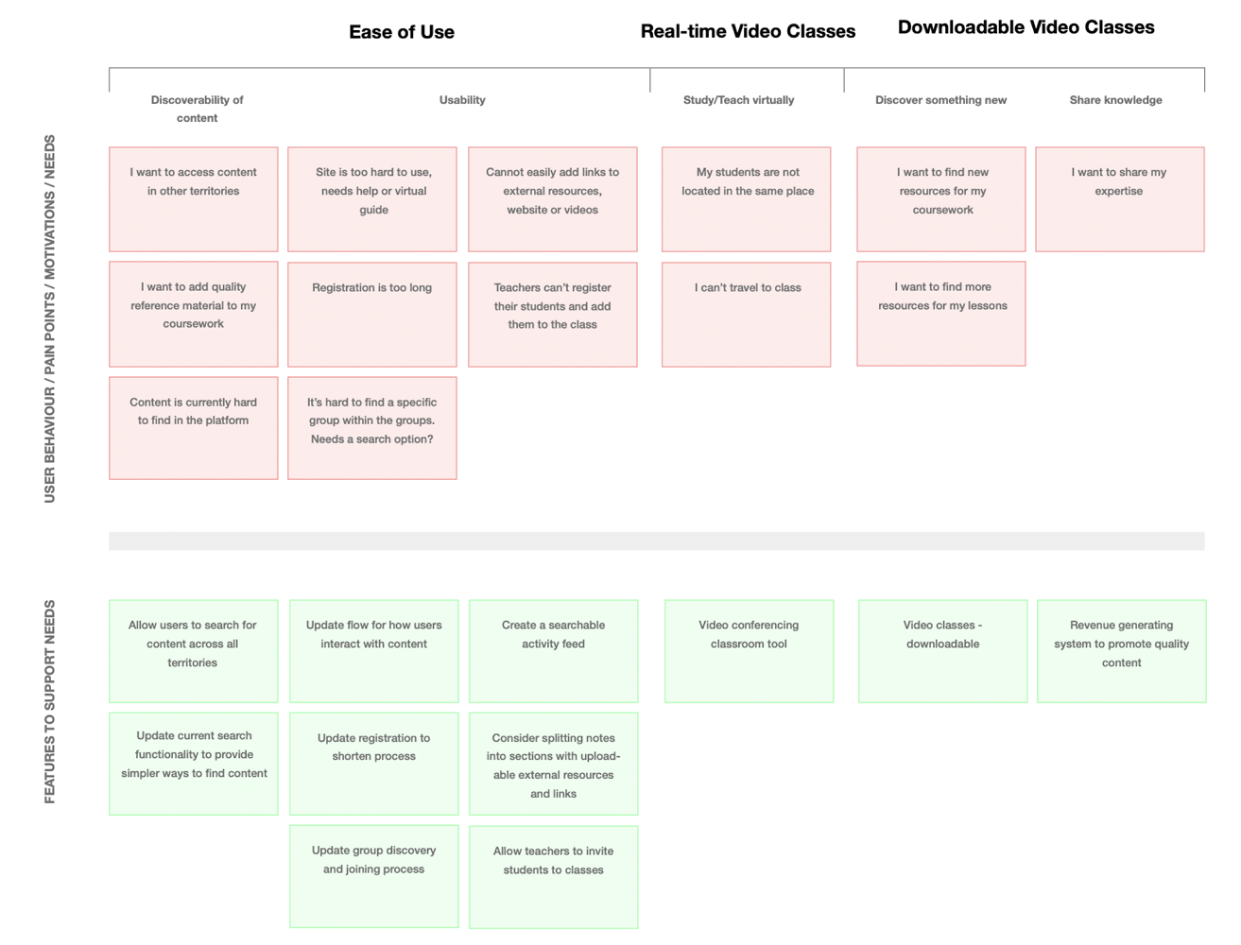
Once an understanding of the features required was made, the next logical step in the definition process was the creation of user journeys using the users from the personas documentation.
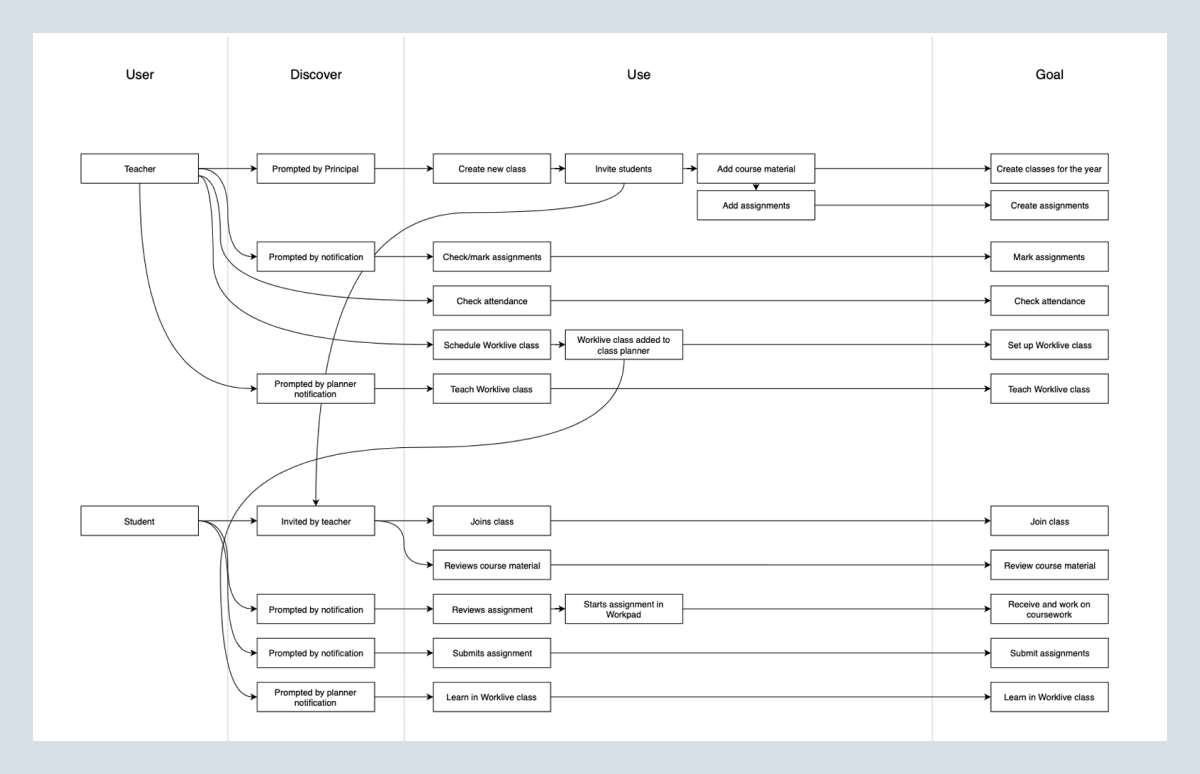
Once the user journeys were defined, the next step was to start prototyping the set of features required. A group of testers was selected, and the features discussed. After clickable prototypes were created, feedback was collected after testing, creating an iterative prototyping process.

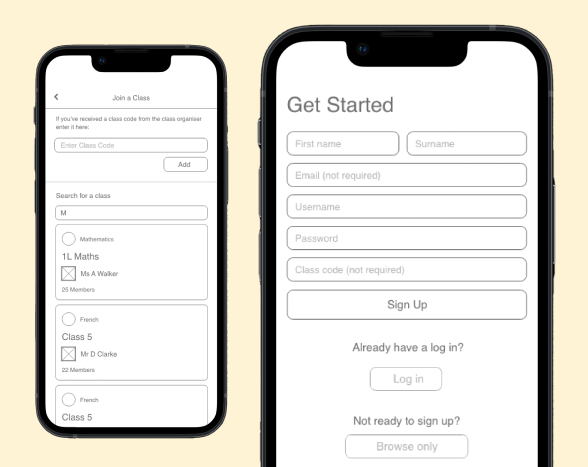
Requirements defined several different users, each with varying access to email and devices. The solution to prevent users not being able to authenticate securely was using one time and re-usable codes. This was then prototyped and tested.
To enable both front end and back end development to be planned out, screen flows were created based on the protoypes. This included functional and logical specification.
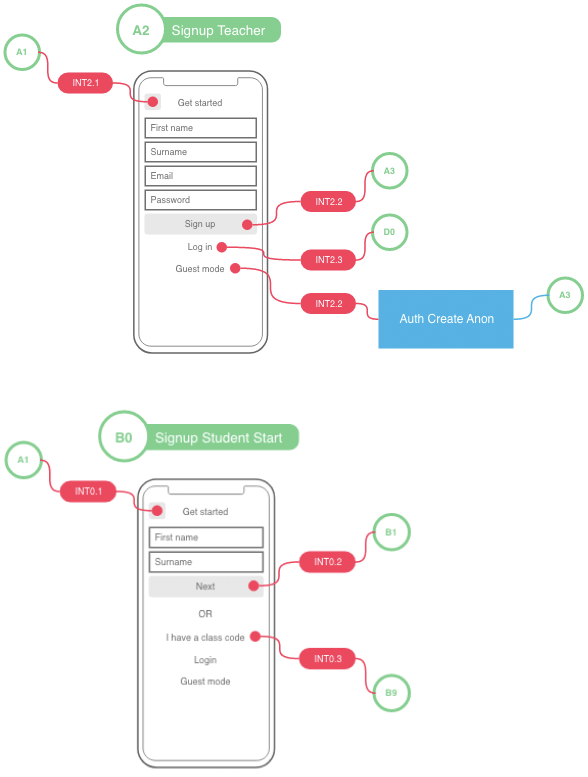
Before development could commence a high fidelity prototype was produced to be fully tested with the user groups.
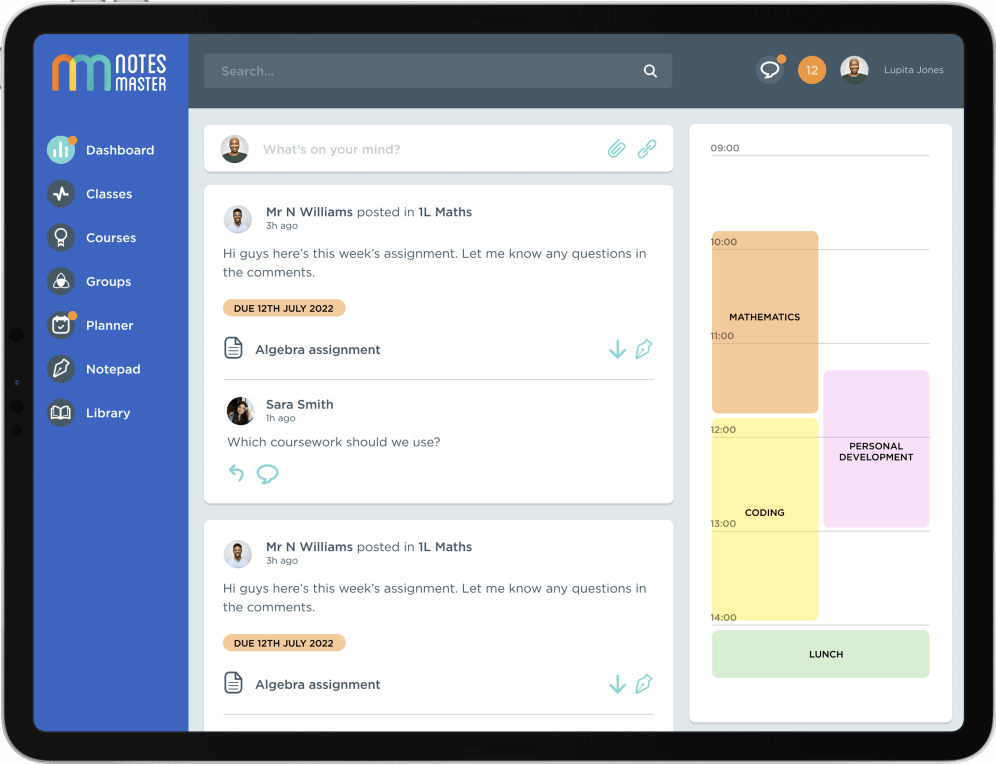
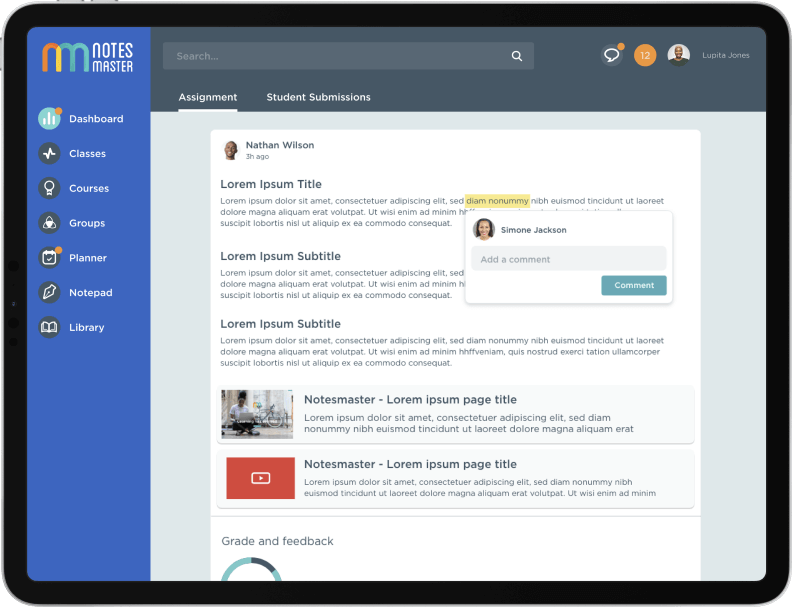

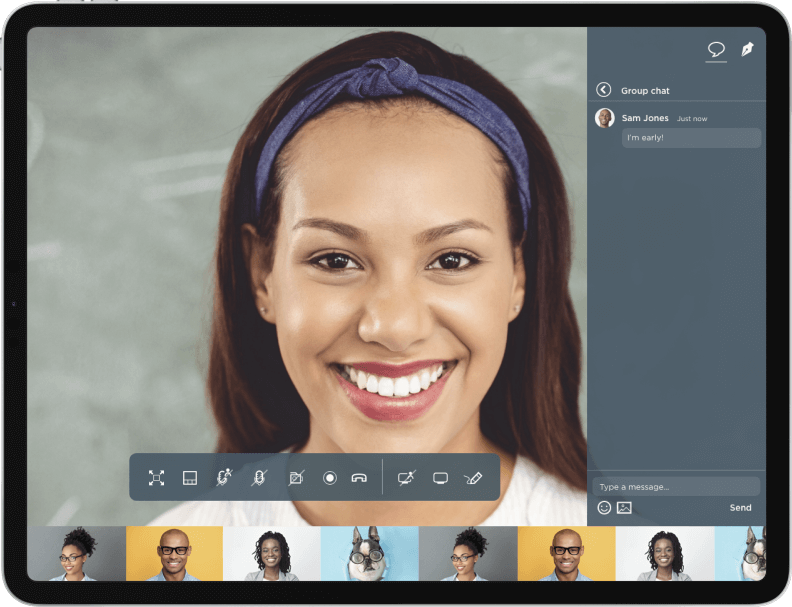
Using the brand assets, a set of design patterns was created and agreed with business stakeholders.
